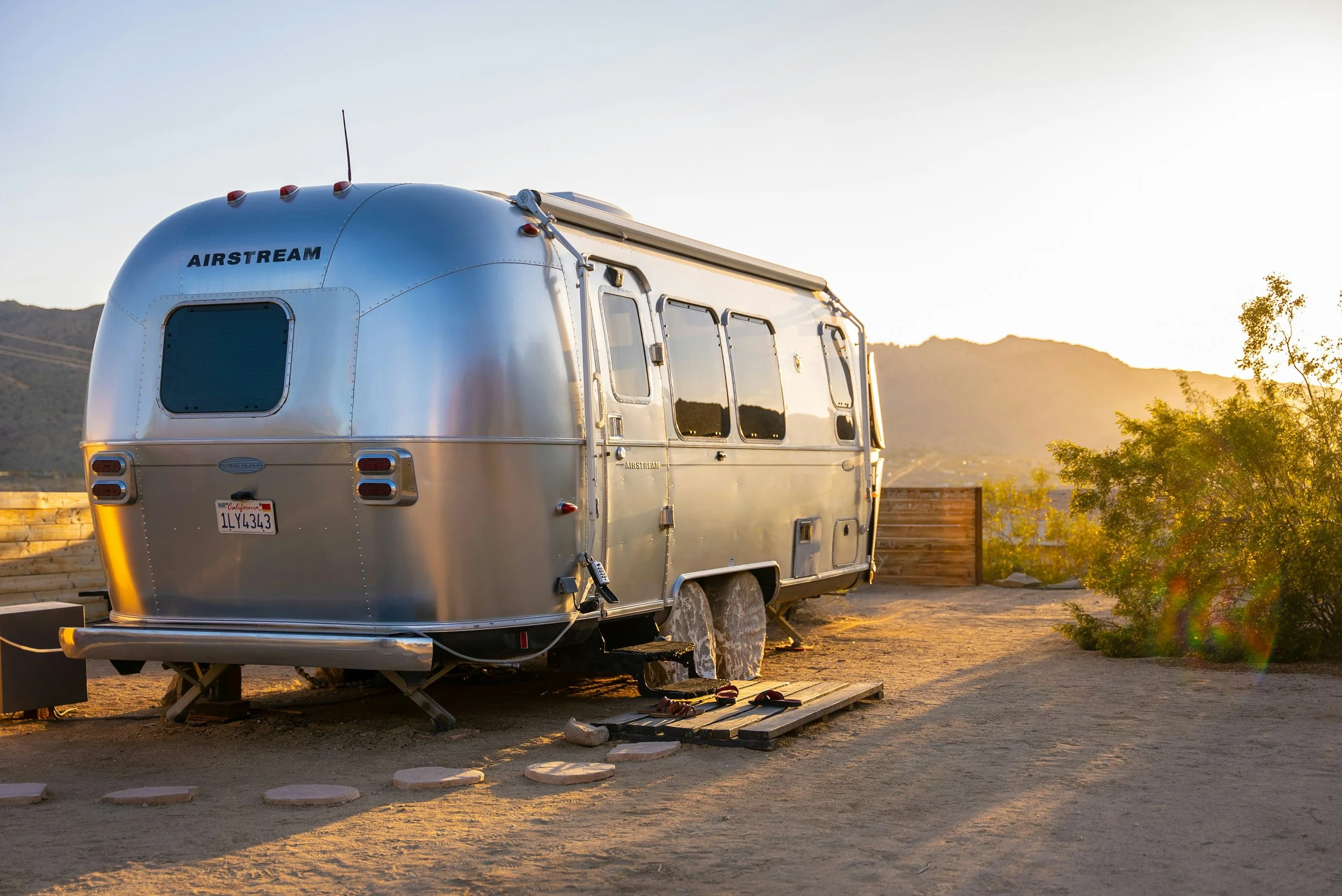For centuries, the idea of home was tied to a static place—a patch of land, a structure, a postcode. Today, that concept is being rewritten. Nomadic living is no longer the exclusive domain of hippies or hermits. It’s a fast-evolving lifestyle embraced by digital entrepreneurs, remote workers, minimalist adventurers, and families chasing freedom over mortgages. But it isn’t just a mindset shift; it’s a technological revolution. Hardware makes it all possible. From mobile power systems to fold-out workstations, the modern nomad’s toolkit is more sophisticated —and essential—than ever. This isn’t just a “top 5 things to pack” list. It’s a look under the hood of nomadic life and how to best sustain it: at the rugged tech, intelligent infrastructure, and resilient gear that keep modern wanderers connected, productive, and safe.
By Team Savant
Image: Tyler Casey
The Invisible Infrastructure of Movement
Ask a nomad what keeps them going, and they'll likely point to their Wi-Fi router. It may sound trivial, but connectivity is the backbone of nomadic living. The rise of global SIM routers, Starlink mobility kits, and 5G-boosted antennas has made “work from anywhere” more than just an Instagram caption.
But it’s not just about connecting to the internet—it’s about staying operational in motion. Portable power stations like EcoFlow or Jackery units, often paired with solar arrays, ensure that devices stay charged through cloudy days in Patagonia or sandstorms in the desert. These setups have become the lifeblood of digital mobility.
And then there's the rig itself.
From Trailers to Transformer Homes
The heart of nomadic life is the mobile shelter: the trailer, van, or expedition vehicle that acts as bedroom, office, kitchen, and sometimes, garage. But not all trailers are created equal.
Modern nomads aren’t looking for mass-market camper vans—they want function without fluff, design with durability, and above all, the confidence that their gear won’t fail in the middle of nowhere.
This is where choosing a Trusted Trailer Manufacturer makes all the difference. The structure has to withstand high heat, sub-zero chills, rugged off-road terrain, and tight city parking spots.
The Rise of Modular Mobility
It’s not just about having gear—it’s about how that gear works together. Modular hardware systems are enabling nomads to live smarter, not heavier. Magnetic mount lighting, collapsible solar panels, stackable cooking gear, and even compact composting toilets have become part of a streamlined inventory.
Brands are engineering systems with interoperability in mind. For example, a solar panel designed to snap into the roof rack of your vehicle might also power a portable fridge, a satellite uplink, or a hot shower system. Every piece talks to the others. It’s not just modular; it’s an ecosystem.
Smart Safety in Remote Places
One of the biggest concerns with life on the move is safety—not just physical safety, but digital and environmental too. High-end GPS trackers and geofencing tech now allow nomads to monitor their vehicles remotely. Motion-detecting perimeter alarms, often connected to satellite communication devices, give early warnings in isolated camps. Fire suppression systems designed for mobile homes automatically engage if wiring shorts while you’re away, grabbing coffee in a coastal village.
And when it comes to digital safety, encrypted travel routers and VPN-integrated hardware are now standard. When your office is also your van and your café is parked beside a fjord, your data becomes your most valuable asset.
Rugged Doesn’t Mean Ugly Anymore
One of the more delightful shifts in the nomadic hardware space? Design has caught up to function. These aren’t your dad’s camping tools. Today’s nomadic tech is sleek, minimalist, and intentionally beautiful.
Think aircraft-grade aluminium chairs that fold down to laptop size. Think control panels with touch-screen interfaces that let you monitor battery usage, water levels, and satellite connectivity at a glance. Even roof tents and drawer kitchens are being designed with aesthetics in mind.
Durability doesn’t mean bulky anymore. It means well-engineered. And that matters when every inch counts and your home might be climbing mountain passes or squeezing into alleyways in Barcelona.
Beyond Gear: What This Means for the Rest of Us
Nomadic living is no longer fringe. It’s a signal of where work, life, and architecture are headed. More people are asking: “What do I actually need?” And it turns out, with the right hardware, the answer is: “Not much.”
Businesses building for this space—whether you’re a Trusted Trailer Manufacturer, a solar innovator, or a compact furniture designer—aren’t just selling products. They’re selling freedom, mobility, and the promise of a life less ordinary.
We’re watching a quiet design renaissance unfold in real time—where every hinge, every latch, every lithium cell is part of something bigger: the possibility to roam without compromise.
The New Frontier Isn’t a Place. It’s a System.
Nomadic living isn’t just about movement—it’s about systems that make movement sustainable. Behind every Instagram shot of a laptop perched on a cliff edge is an unglamorous lineup of batteries, routers, sensors, and locks doing silent, thankless work.
This is the hardware that’s redefining home. It’s part backpack, part spaceship, part server room—and 100% engineered for possibility.
And as the tools get smaller, smarter, and more powerful, so does the dream.
